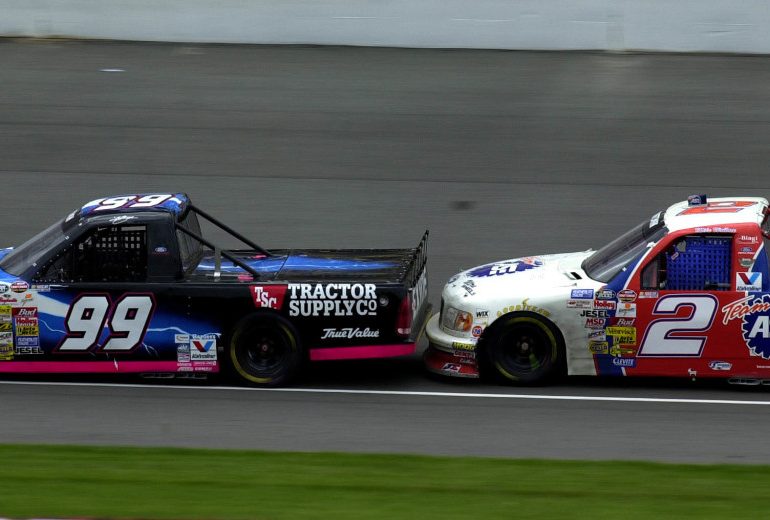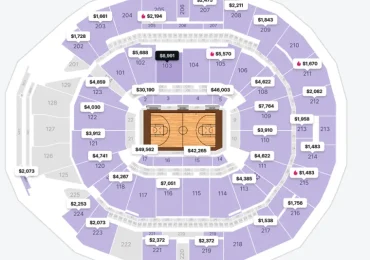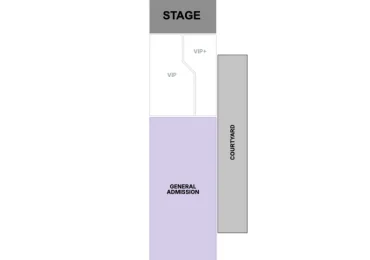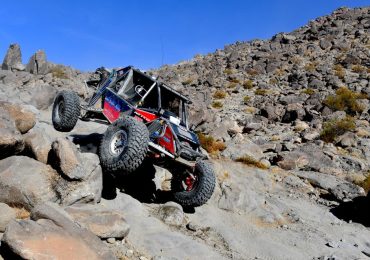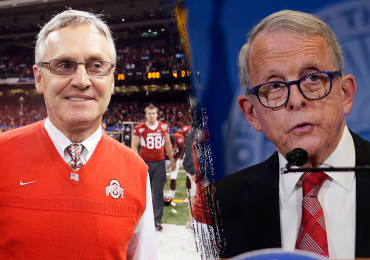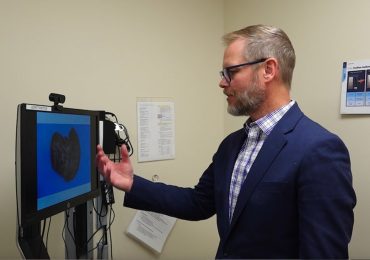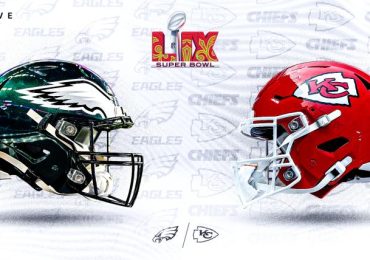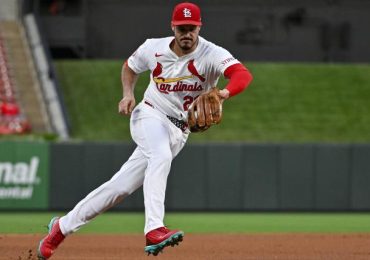The 2004 season of the NASCAR Cup Series was the first running of “The Chase,” forerunner of today’s playoff format. The 10-race brawl making up that first Chase was fought out between Jimmie Johnson, Jeff Gordon, Dale Earnhardt Jr., Mark Martin and then 26-year-old, fourth-year Cup racer Kurt Busch. With a fifth-place finish in the final round at Homestead-Miami Speedway, Busch took home the title, a memory he savors 20 years on.
“I think it’s appropriate to look back on it being 20 years ago and around this time of year when I was able to win the championship in NASCAR,” reflects Busch. “In 2004 it was just a whole new revolutionizing type of year, with Nextel being the sponsor of the entitlement. Winston was gone and then having a new series point structure… I mean, it was an incredible time to be part of the sport.”
What placed Busch on a trajectory towards that championship day was earning a spot in the Roush Racing ‘Gong Show’ in 1999. Rookie of the Year in the 1998 NASCAR AutoZone Southwest Series, Busch got the Gong Show invite, and after excelling, won a Craftsman Truck Series job. In the No. 99 Roush Racing Ford F-150, Busch was the championship runner-up in the 2000 Truck Series.
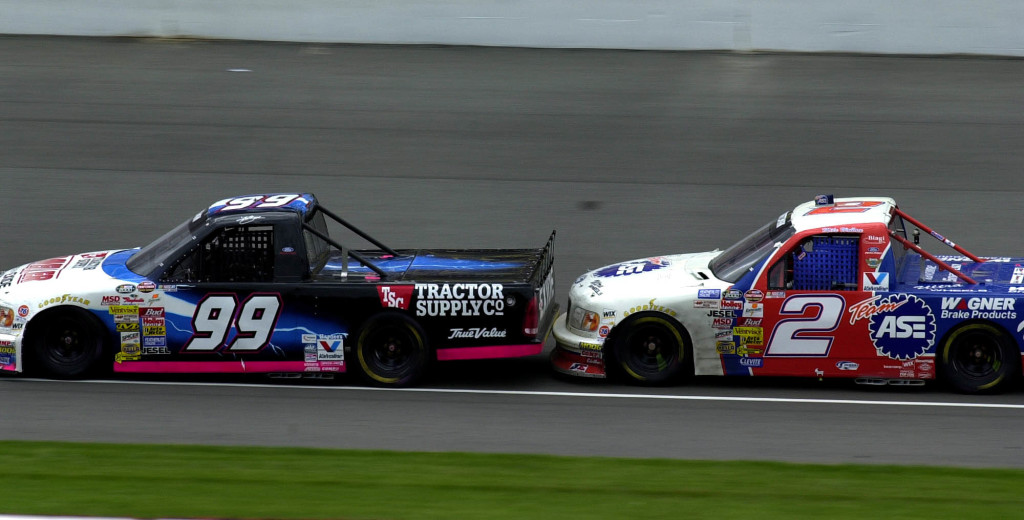 Gong Show success earned Kurt Busch the chance to earn his NASCAR wings in the Truck Series. Here he gets a lesson in bump drafting from Mike Wallace. Phil Abbott/Motorsport Images
Gong Show success earned Kurt Busch the chance to earn his NASCAR wings in the Truck Series. Here he gets a lesson in bump drafting from Mike Wallace. Phil Abbott/Motorsport Images
“Running and winning the Southwest Tour Championship in 1999, that sort of put some eyeballs on me,” says Busch. “1999 was a banner year that helped me get to the Gong Show, which was named after a TV show from the 1970s. There were five of us. There was the Northwest Tour champion. I was the Southwest Tour champion. There was somebody from the Goody’s Dash Series. There were Modified racers. It was really cool.
“There was a Gong Show tryout in Toledo, Ohio. That was a tough little and mean half-mile. And then there was a second tryout. It was like they weren’t quite convinced on who was the top dog. The second tryout was in Phoenix. I had a few laps around that track with my Southwest Tour car, so I felt really confident going into the second Gong Show. At the first one, I was so nervous. I was the fastest, but I blew the tires off the poor truck. So the second time around, I was way more calm. I felt like, ‘The phone is ringing, and there is gonna be other opportunities to possibly make my way up.’ I was really relaxed on the second tryout, and that helped my performance. It was a standout performance.
“So I won the Gong Show, and I go to Daytona to race in my first-ever Truck race, and I wrecked about 100 different times and still somehow finished second. I then settled in with the Trucks. I mean, we almost won Mesa Marin in our fourth race together. I won Milwaukee in in July of that year for my first win in the Truck Series, and at the end of the day, with four wins, four poles and we were second in points to my teammate Greg Biffle. That was one of those dynasty-type years that you felt was happening. It felt like Greg and I went to the track every week and it seemed like it was a one-two finish. It made it so much fun to learn it all and to be in the professional side of it.”
“I won the Gong Show in July, and then in August, Jack Roush says to me, ‘Hey, you want to go Cup racing?’ That was really one of my first sit-downs with Jack and I was just floored. I was just beside myself and going, ‘I just came out of basically a Legends car last August, and you’re asking me to do a Cup race. Man, I’m ready if you’re ready, but we’re probably gonna wreck some s***.’
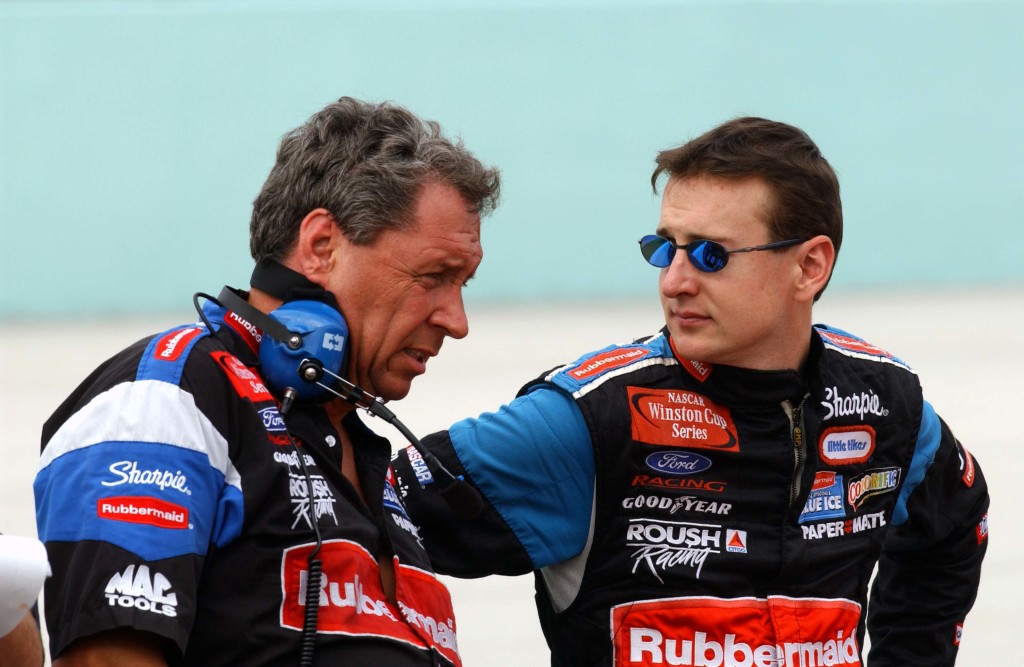 Kurt Busch and Jimmy Fennig, pictured here in 2002, quickly built an effective rapport.
Kurt Busch and Jimmy Fennig, pictured here in 2002, quickly built an effective rapport.
Robert LeSieur/Motorsport Images
“And this is what Jack Roush said to me: ‘I’d rather you make mistakes at the top level than be here in the Trucks for another year or in the Busch Series for another year. I’d rather you make mistakes at the top level.’ And away we went. It was just such a fast transition from being a local racer in 1998 to being in the Cup Series in 2000.
“It was an opportunity of a lifetime. What was I supposed to say as a 22-year-old? ‘No, I don’t want to go to the Cup Series?’ I knew it was too soon, and I looked up to guys like Jeff Gordon and Ron Hornaday Jr., who had just made it from the West Coast. The West Coast doors were wide open at the time. And you know, I did OK in my rookie year in Cup.”
By 2002 the Las Vegas native was established at the highest level of the sport and, teaming up with crew chief Jimmy Fennig, managed to pull down his first win at Bristol in March. But it was the following year that things really started to click
“2003 seemed like we were running so strong on the big tracks,” Busch remembers. “That’s when the coil binding era of NASCAR was starting to pop up as the primary way to set cars up. At Roush, we had all the teams working as hard as we could to figure out the setups for coil binding. We found a system that worked, and it just made us consistent. We were consistent and right in the game every week.
“2003 is when the sport slowed down for me. I could feel the car and I could not get so anxious and nervous about certain situations and I could make clean, good passes. That also made me more confident with the media — and that backfired. 2003 was probably also my toughest year with different rival drivers, getting in trouble with the media or whatever it may have been. I said to myself, ‘I need to block the media side of this out. I need to become more professional, and I need to keep the same focus with the car that basically has us running a top five every week.’
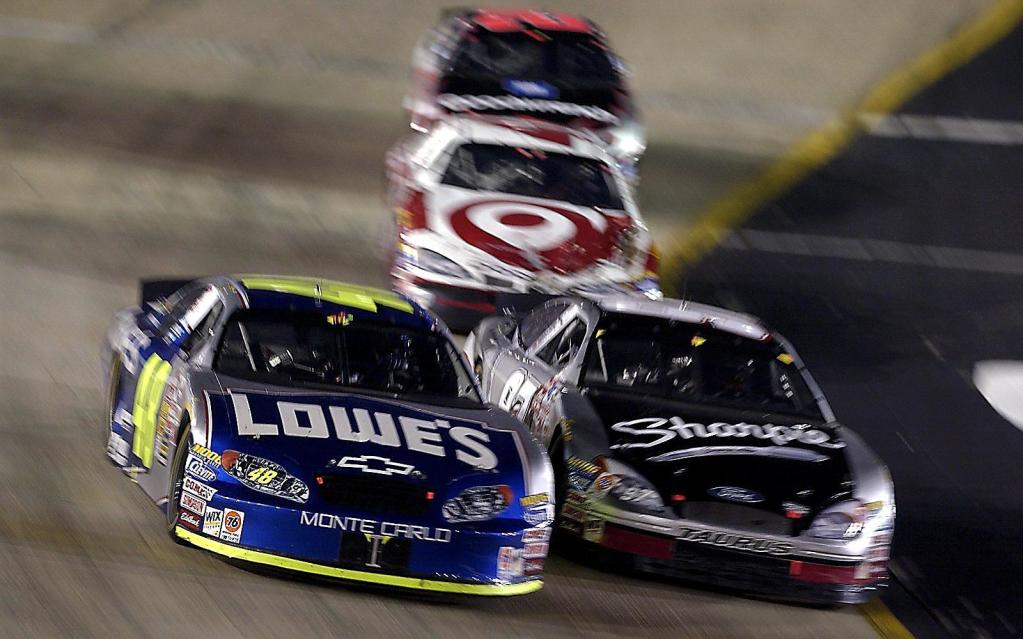 Busch felt the sport slowed down for him in 2003, while he sped up dueling the likes of Jimmie Johnson. Motorsport Images
Busch felt the sport slowed down for him in 2003, while he sped up dueling the likes of Jimmie Johnson. Motorsport Images
“That’s what led to 2004. It was a nice mental reset of knowing that I was starting to master the cars, master the setups, and then me and Jimmy Fennig, once they announced the new point system, we sat down on Jan. 1 and had a game plan all the way to Homestead that year.
“2004 was truly just a magical year. The way the season started, our overall game plan was to be an underdog and to be kind of a sleeper team, and some of that was to save our test sessions back in the day. You used to be able to pick five or six or seven tracks to go and test at during the weeks of the season. But if you used them up early in the year, you didn’t have them later in the year. We used all of our setups for 2003 to start, and then as the season went on, of course, we were advancing. We were running right in the middle of the top 10.”
The September race at New Hampshire International Speedway started the title run for Busch, Fennig and the Roush Racing crew.
“We started testing right before the playoffs started. We started at New Hampshire, Dover, Kansas, Charlotte, Homestead and Martinsville,” Busch relates. “We were everywhere and we worked hard. It was so stressful, though. That was the only thing we didn’t see coming. It was the extra test sessions and still running up front in the points in the playoffs.
“We won the first-ever NASCAR playoff race in Loudon and we set the tone. We were like, ‘OK, we’re done being the underdogs. We’re here for the for the show.’

